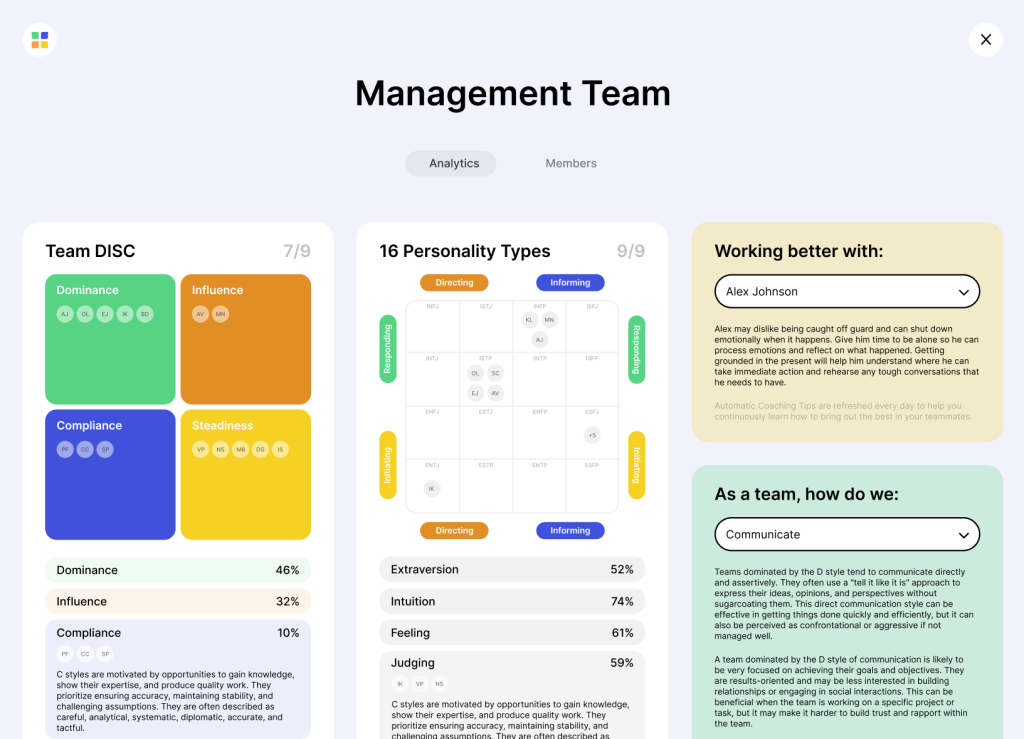The Kinsey Scale comes from an idea developed by Alfred Kinsey in 1948 that suggests that human sexuality exists on a continuum, rather than as two absolute polar opposites.
The scale ranges from 0 to 6, with 0 being exclusively heterosexual and 6 being exclusively homosexual. The scale is not meant to be a definitive measure of someone’s sexuality, but rather a way to help people understand and accept their sexuality.
In this article, we will take a closer look at the Kinsey Scale and what it means for those who identify as bisexual.
We will also explore some of the common misconceptions about bisexuality and provide some tips on how to be an ally to someone who is bisexual.
How Does the Kinsey Scale Test Work
The Kinsey Scale is designed to measure how someone identifies on a spectrum of sexuality. Since the scale ranges from 0 to 6, with 0 being exclusively heterosexual and 6 being exclusively homosexual, people who fall anywhere in between are considered to be somewhere in between. Take the free Kinsey Scale assessment to find out.
Someone who identifies as a 1 on the Kinsey Scale is more heterosexual than someone who identifies as a 2, and so on. Similarly, someone who identifies as a 5 is more homosexual than someone who falls at a 4 on the scale.
It’s important to note that the Kinsey Scale is not meant to be a definitive measure of someone’s sexuality. Rather, it’s simply one way of looking at sexual orientation. And, like all things related to sexuality, it’s fluid and can change over time.
Pros Of the Kinsey Scale Test
One of the main advantages of the Kinsey Scale is that it acknowledges that sexuality is fluid. This is a departure from earlier models of sexual orientation, which tended to view sexuality as a fixed trait.
The Kinsey Scale also does away with the strict dichotomy between “homosexual” and “heterosexual.” This can be liberating for people who don’t feel like they fit neatly into either category.
The fact that it acknowledges the spectrum of sexuality can also be helpful in terms of understanding sexual orientation. It’s a reminder that there is no one “normal” way to be sexual.
In addition, since it highlights bisexuality as a distinct orientation, it can be helpful for people who identify as bisexual. This is often a misunderstood and underrepresented group.
Finally, the Kinsey Scale can be useful in helping people understand that sexuality is not black and white. It’s a reminder that there are a lot of grey areas when it comes to sexuality.
Cons of the Kinsey Scale Test
One of the main drawbacks of the Kinsey Scale is that it is based on self-reporting. This means that it is subject to all of the same biases and errors as any other self-reported data.
In addition, the Kinsey Scale only measures sexual orientation. It doesn’t take into account other important aspects of sexuality, such as sexual behavior or sexual attraction.
It also doesn’t look at all sexualities so it may not be as inclusive as it could be. For example, it doesn’t include asexuality, which is a valid sexual orientation.
The next thing is that it thinks that homosexuality and heterosexuality are on opposite sides when in reality they are not. This can be confusing or misleading for people who identify as something other than heterosexual or homosexual.
Another problem is that it combines sexual attraction and sexual behavior, which are two totally separate things. This can be problematic because it implies that someone who doesn’t like to have sexual intercourse is not sexual.
Finally, from the Kinsey Scale’s perspective, gender is only binary when in reality it is not. This can be exclusionary for people who identify as transgender or genderqueer.
Importance of the Kinsey Scale and Alternative Scales
The Kinsey Scale has had a significant impact on our understanding of sexuality, despite its drawbacks.
It was one of the first attempts to measure sexual orientation on a spectrum, and it paved the way for other, more inclusive models.
One alternative to the Kinsey Scale is the Klein Sexual Orientation Grid.
This scale measures sexual orientation in terms of seven different aspects: identity, attraction, behavior, fantasy, emotional preference, social preference, and self-identification.
Kinsey Scale FAQ
The Kinsey Scale is a way of classifying sexual behavior on a spectrum from heterosexual to homosexual. It was developed in the 1940s by Dr. Alfred Kinsey and his team of researchers at Indiana University.
How does the Kinsey Scale work?
The Kinsey Scale uses a 7-point scale to classify sexual behavior, with 0 indicating exclusive heterosexual behavior and 6 indicating exclusive homosexual behavior. Behavior that falls somewhere in between these two extremes is considered to have more of one factor and less of the other.



